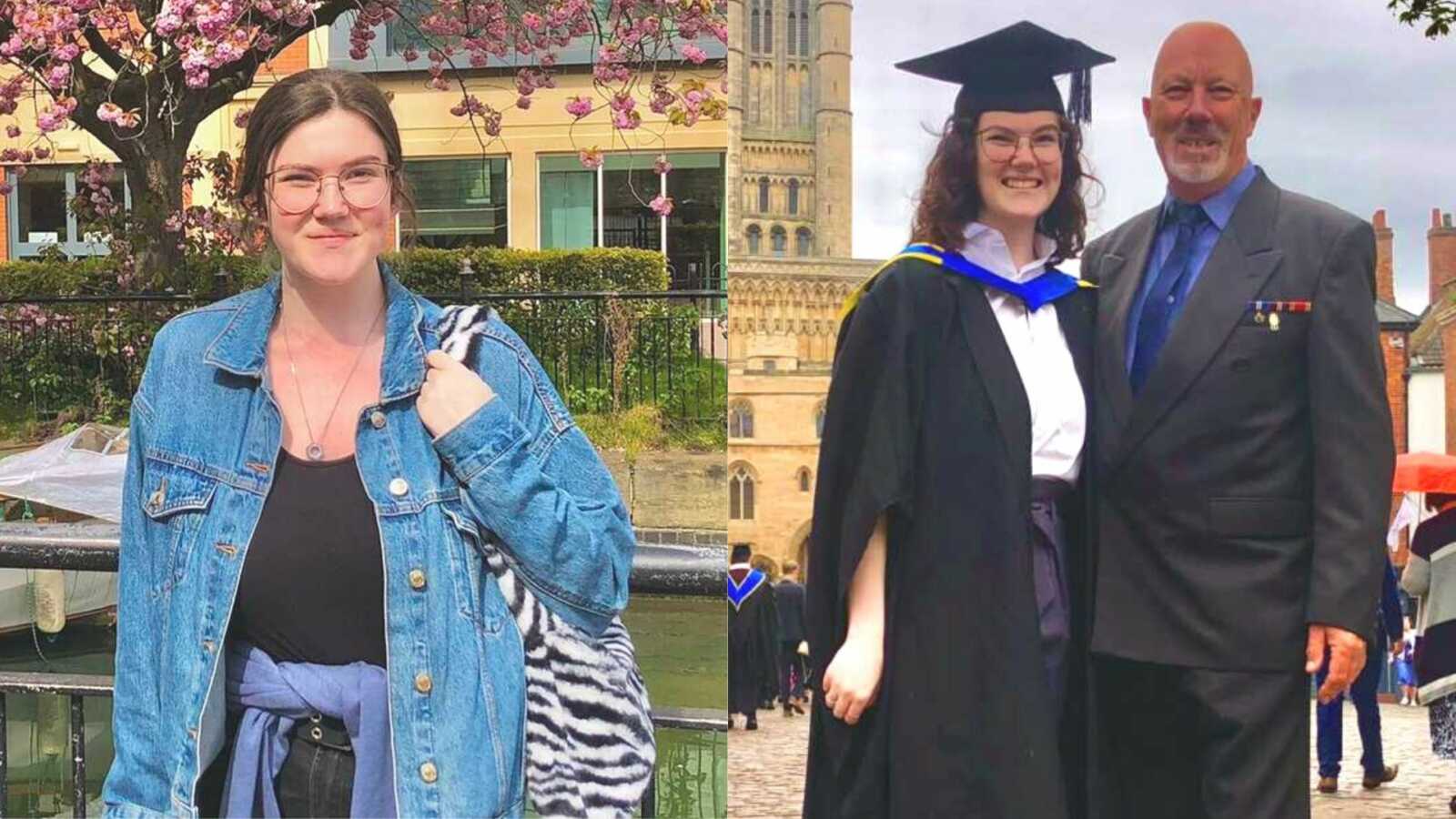Growing Up
“My name is Jo Copson, I am 22 years old, a former athlete and current disabled person, disability advocate, and content creator!
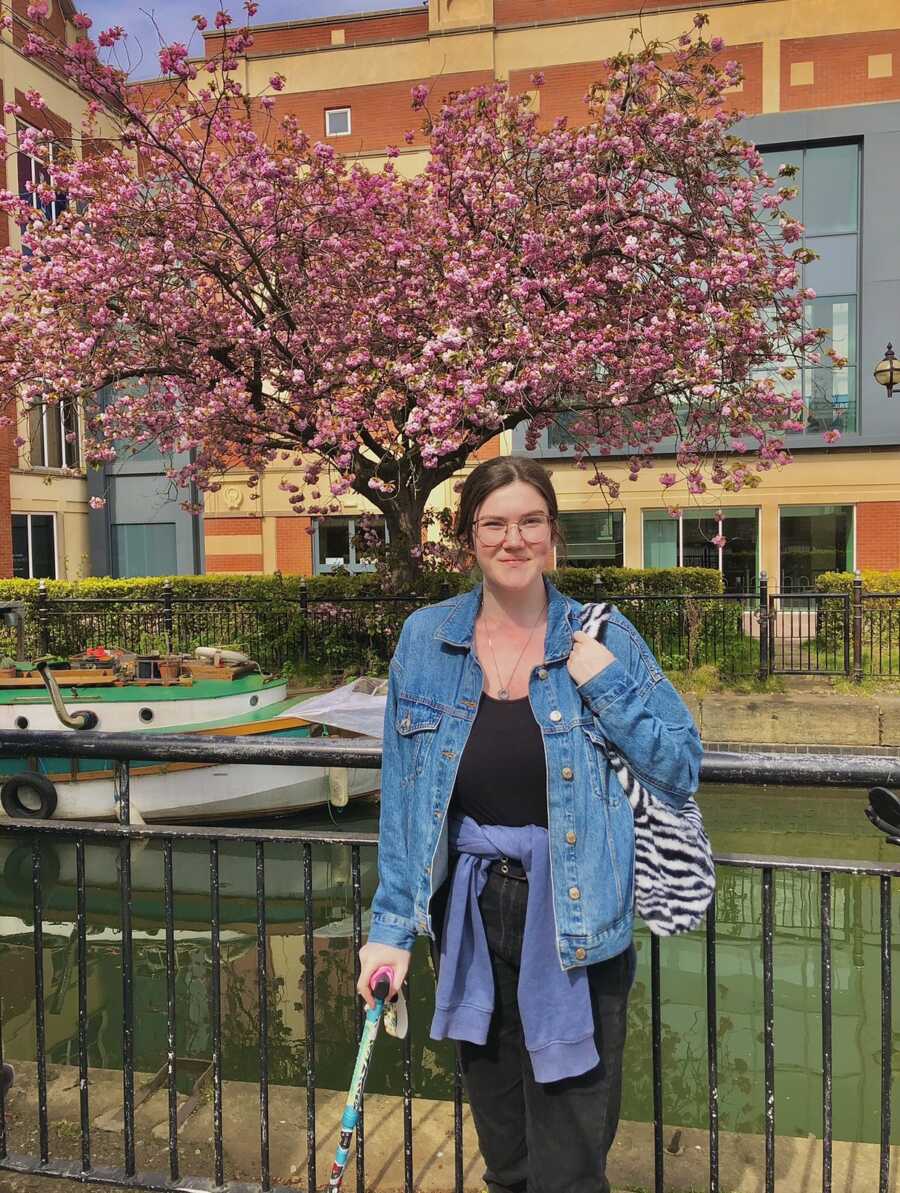
When I was 11, I was on top of my martial arts game, having just earned my blackbelt and competing both nationally and internationally in various classes. I would train six times a week and give this sport my all. I loved it! I also used to compete in various equestrian events on a local to national scale. These two sports took up so much of my time. Slowly, I began to fall behind and I realized I was nearing the end of my incredibly young career as an athlete. I loved doing sports both inside and outside of school, but I remember coming home crying in pain because my joints felt like they were on fire and nothing could soothe the intense physical pain I was in.
Fast forward another eight years, one knee surgery, and many physio appointments, and I was eventually diagnosed with hypermobile Ehlers Danlos Syndrome (hEDS) in 2019. hEDS is a connective tissue disorder causing issues with chronic pain, low energy, cognition, digestion, circulation, temperature control, vision, and my mental health. Basically, if I have a problem, it’s most likely going to be hEDS!
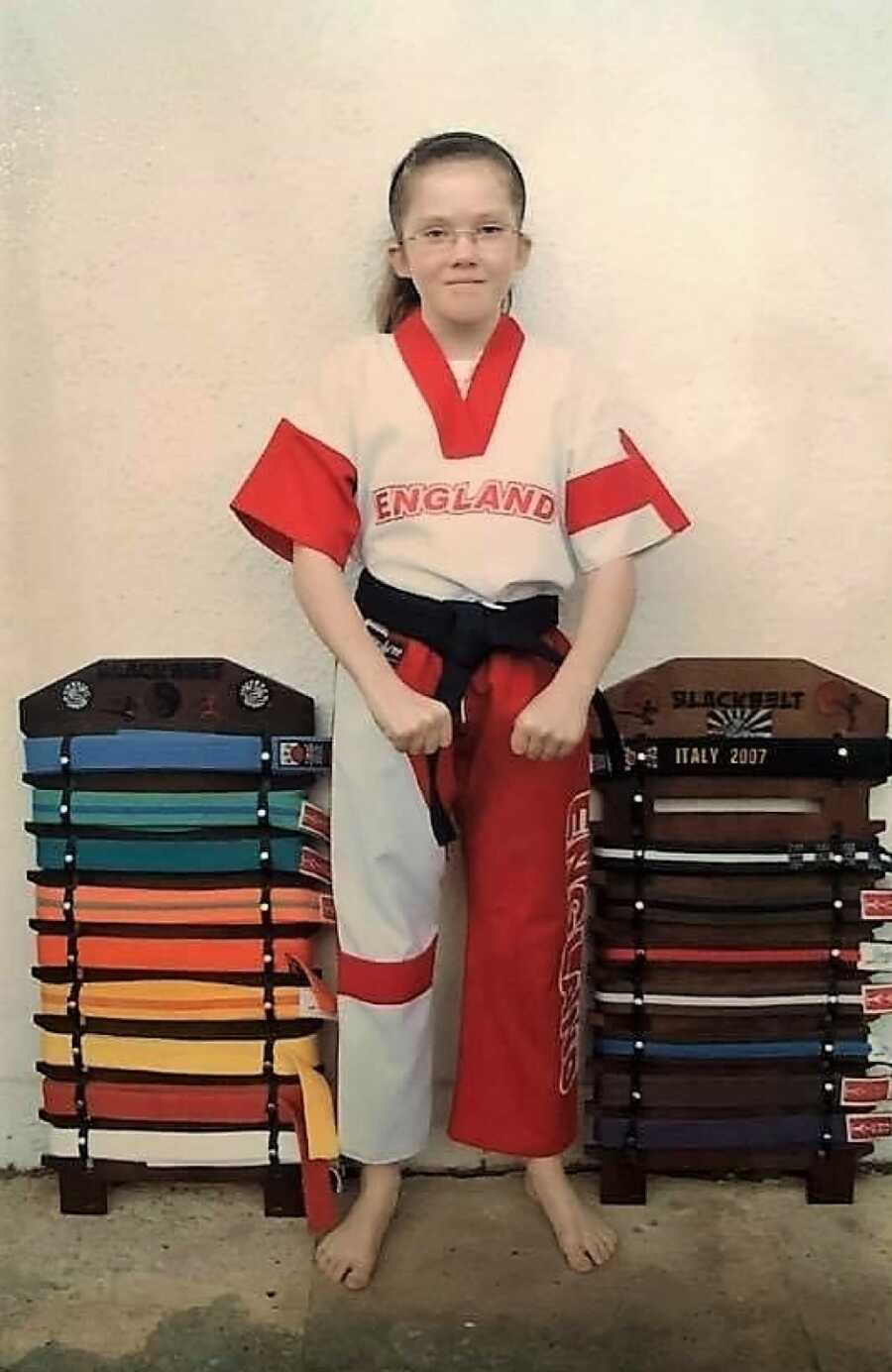
hEDS Diagnosis Journey
In theory, my hEDS diagnosis journey started when I first moved to college and began to experience more issues with my health, but realistically, my diagnosis journey actually started when I was 8 years old. I remember being around 7 or 8 when I first went to the doctor to talk about the issues I was having with my knees. I was in an intense amount of pain for a healthy and active 8-year-old. Looking back, I thought everyone was experiencing everything the way I was; I had never known any different, so I didn’t know there was a problem. I recently gained access to my old medical notes and decided to dive in and see how many things I could find in my old notes that related to issues I now know are caused by hEDS.
It was shocking how many appointments I had when I was younger that were related to hEDS. One that really stuck out was a note on my hypermobility in my knees. This was around the time I was having intense bouts of pain, and eventually (when I was 16), we worked out that I had, in fact, torn cartilage in my knee. But no one had picked up on it, because what 8-year-old would have that injury? It can be incredibly annoying to look back and clearly see all of the signs of hEDS, which no one picked up on until I was 19 years old. The average time it takes for an EDS diagnosis is 10 years. This is why I now speak about EDS whenever and wherever I can.
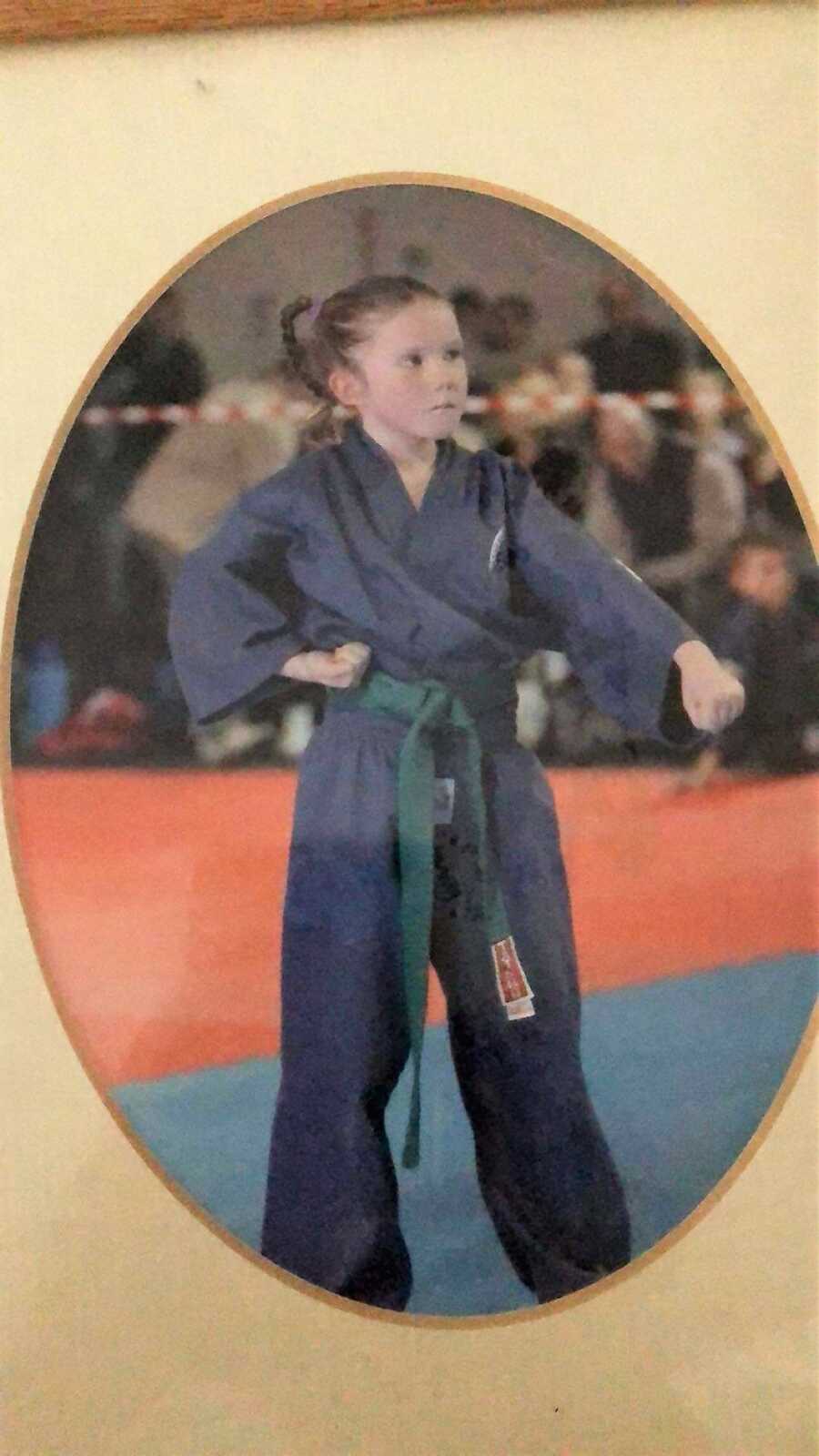
I remember when my GP first suggested researching EDS to me, so I went back to my little first-year apartment, opened up my laptop, and began typing. When you search ‘Ehlers Danlos Syndrome symptoms,’ the following comes up:
- joint hypermobility
- loose, unstable joints that dislocate easily
- joint pain and clicking joints
- extreme tiredness (fatigue)
- skin that bruises easily
- digestive problems, such as heartburn and constipation
- dizziness and an increased heart rate after standing up
(It is important to say that EDS is far more than just these symptoms; these are the ones that most doctors will look for when initiating the process for an EDS diagnosis.)
I kept clicking on different pages and found a link to the Ehlers Danlos Society which has helped in creating a ‘hEDS checklist.’ I started going down the list and it felt like my world had suddenly come together and fallen apart all at the same time. I suddenly had answers to the way I was feeling, reasoning for my pain, and the real truth behind being called ‘lazy,’ when in reality, I was in pain and constantly fatigued from not knowing how to care for my fragile body. These answers also meant my GP was right, I had this disorder. I suddenly felt overwhelming dread and wondered what this meant for my everyday life.
I decided to keep searching and find people who were living with EDS and sharing their experiences. I found a YouTube channel by Amy Lee Fisher and began to watch her videos talking about EDS and her life with a chronic illness. I learned so much from Amy’s videos and I truly don’t believe I would be creating content online without the inspiration she gave me. Sadly, in 2021, Amy passed, and the entire online chronic illness community was shaken. Amy inspired so many people and it doesn’t feel right to mention my journey with EDS without highlighting the positive impact she had on my understanding of my health.
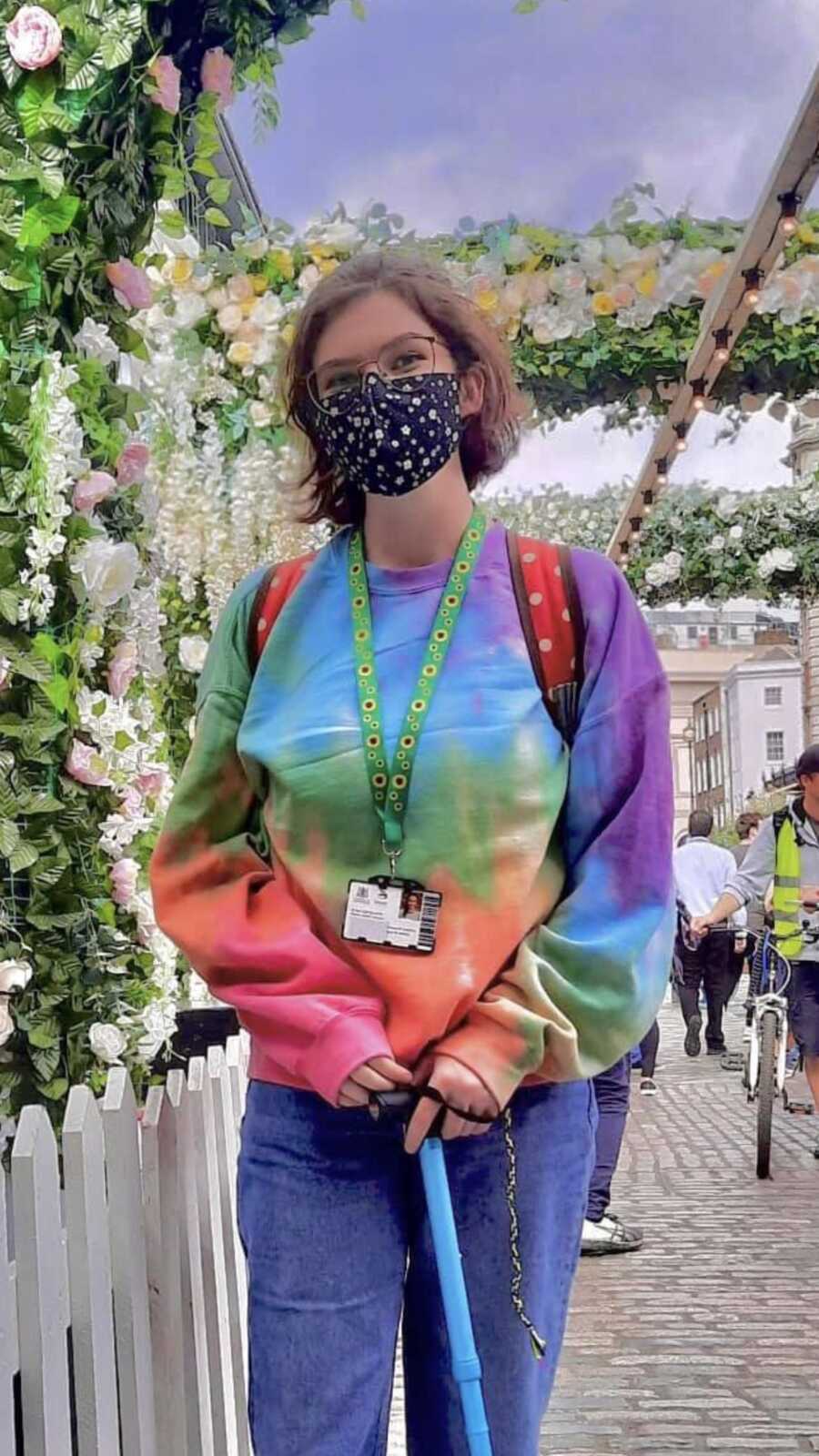
The journey to my hEDS diagnosis was so many things; draining, stressful, and complicated, but also rewarding and validating. Finally knowing all of these issues I had been facing were valid issues and not just something I had made up as an excuse was an incredible feeling. Knowing I had answers and could finally learn to understand my condition. I also had to learn the hard truth of having a disability in today’s society.
Life With hEDS
It took me a while to fully understand what having hEDS meant for me and my health, and also how it affected my participation in society. I believe in the social model of disability which states disability is not caused by an individual’s impairment but by the inability of society to appropriately accommodate an individual’s needs. This shifts the ‘blame’ of disability from the individual to society. During the first lockdown in 2020, I began doing a lot of soul searching and truly trying to understand myself. The first lockdown happened around a month after a breakup, so what better opportunity to truly discover who Jo Copson is?!
I had made friends at college with someone else who had EDS and her confidence in using the ‘disabled’ label really helped me to understand my own relationship with this label. I decided to run for the role of Invisible Disabilities Lead in my SU, and I was successful in gaining this role! For the next year, I learned how to speak up, speak out, and advocate for myself and other students. I spent so much time researching disability rights within the UK and checking how the university was handling issues relating to disability. I even helped make some online content about my experience as a disabled student on campus.
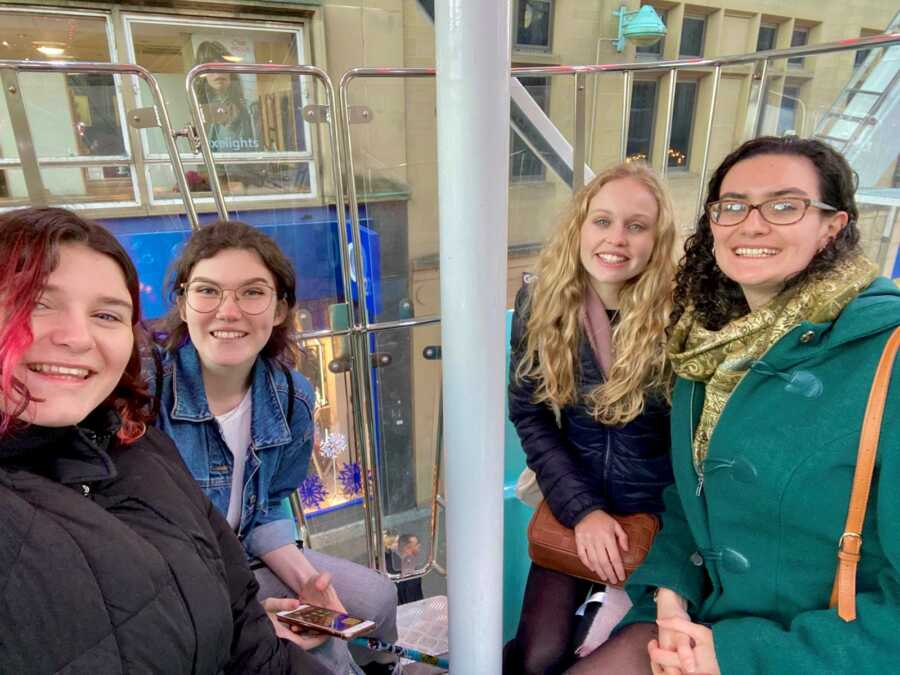
Attending college as someone with a chronic illness feels like you’re doing twice as much work as you should be doing. You have to do your course work as well as advocate for yourself against a system designed on the premise you are faking your illness, unless you can prove it, to people you have never met. It’s constantly having to be the person that tells the university where they’re going wrong in terms of accessibility, so other students don’t have to face the same problems as you. It’s doing all of this, and still feeling like you’re getting nowhere. Feeling like you’re asking for too much when, in reality, you’re asking for your basic needs to be met.
After finishing my undergraduate degree and being certain I wasn’t going to do a master’s… I started my master’s in October 2021. I enrolled in an Equality, Diversity, and Inclusion research course with my thesis focusing on the experiences of disabled university students in the pandemic. On the side of this, I took on the role of Disabilities Officer and had more responsibility in advocating on behalf of disabled students at my university. Surprisingly, when you’re a disabled student, researching disability rights and experiences, whilst also advocating for disabled students, can be a lot to deal with. Although this journey has been an incredibly tough one and has taken me many years to finally understand, it has also been an immensely positive experience.
Beginning to make content and meeting friends online in the chronic illness community has been so amazing. Having other chronically ill friends definitely has amazing highs and upsetting lows. There are so many people online who understand what it’s like to live with EDS and who can share different tips and tricks. It is also validating to have a community of individuals who can share your pain and anger when doctors are dismissive or try to tell you that EDS ‘doesn’t exist’…it very much does! It can also be difficult to know the pain your friends are in and see them be in and out of the hospital. But knowing this community is here to support each other is incredibly comforting.
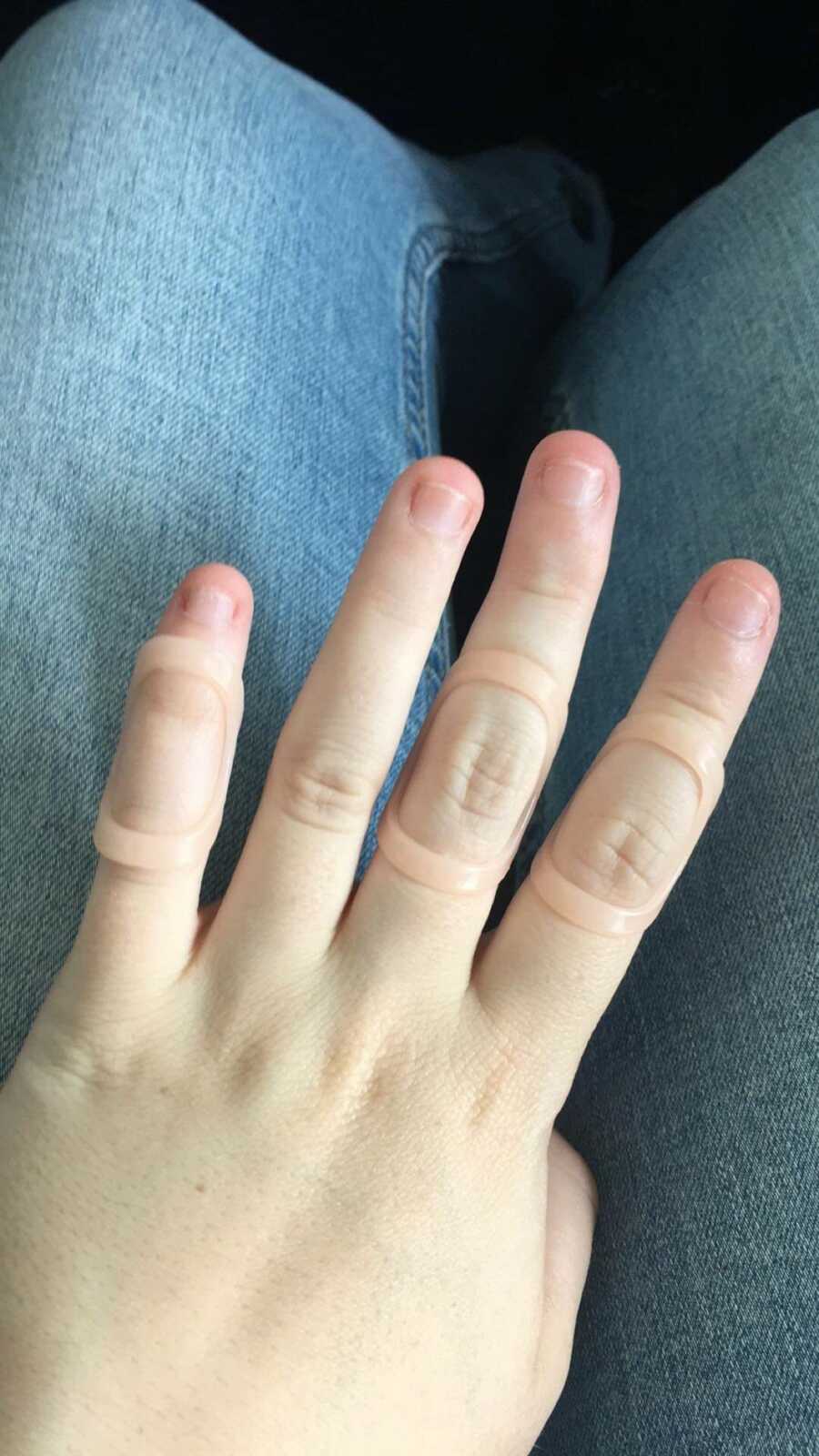
I live every day with EDS; with my left shoulder that slides in and out of its socket as it pleases, with my damaged knees, with my unreliable digestive system, and with my knowing these things are unlikely to ever change. But with the support system I have around me, I know I will never be alone. I wouldn’t be where I am today without all of the support from my dad. Even if he may not fully understand what it’s like living with EDS, he is always there for me when I need someone, and he makes pretty good cups of tea!
This journey has taken me 10 years, countless appointments, oceans of tears, and an entire community. I am thankful for every single person who has helped me in finding my EDS diagnosis and understanding my disability. And I hope, if you are fighting for a diagnosis or learning to understand your disability, this article has given you some comfort in knowing you are not alone in this journey. We are all here for you.”
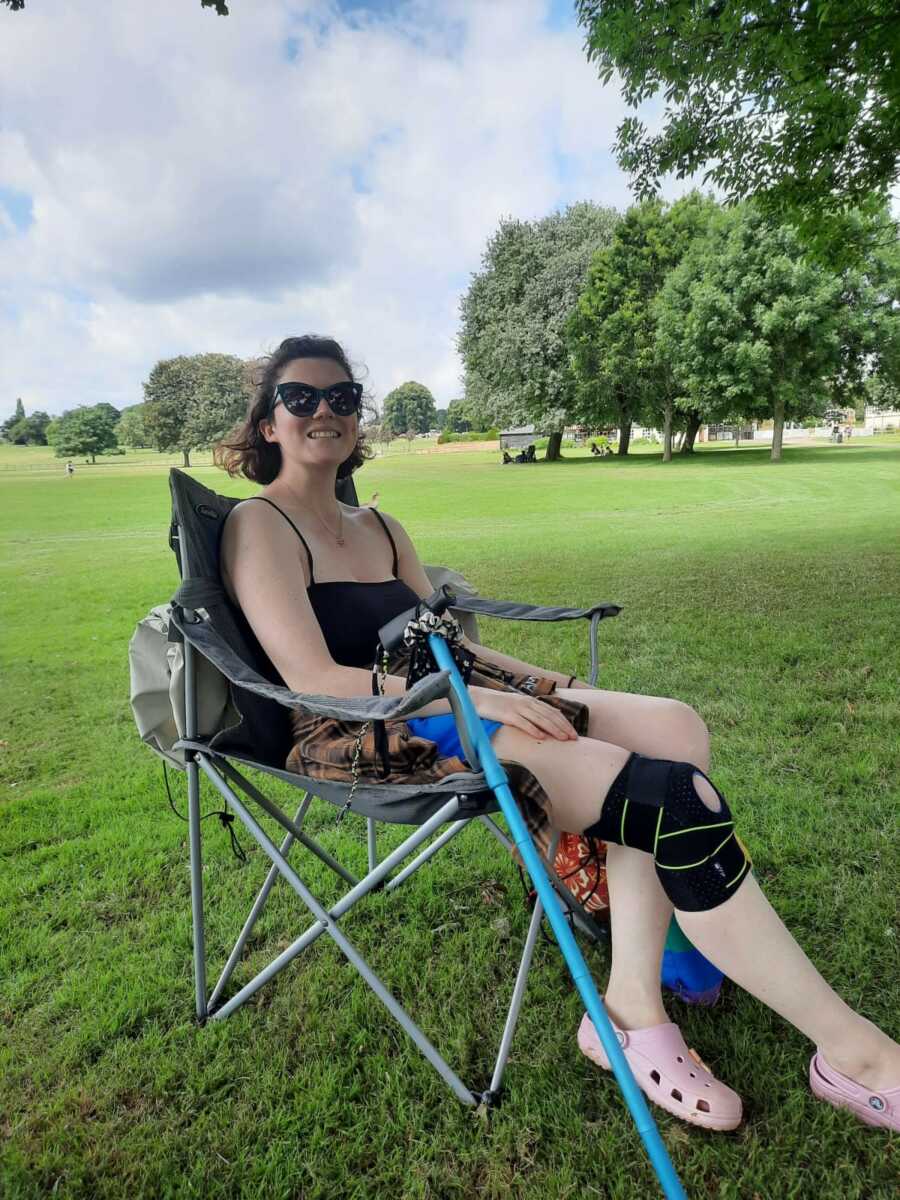
This story was submitted to Love What Matters by Jo Copson, based in the UK. You can follow her journey on Instagram and TikTok. Submit your own story here. For our best stories, subscribe to our free email newsletter.
Read more stories like this:
Know someone who could benefit from this story? SHARE this story on Facebook with friends and family.

